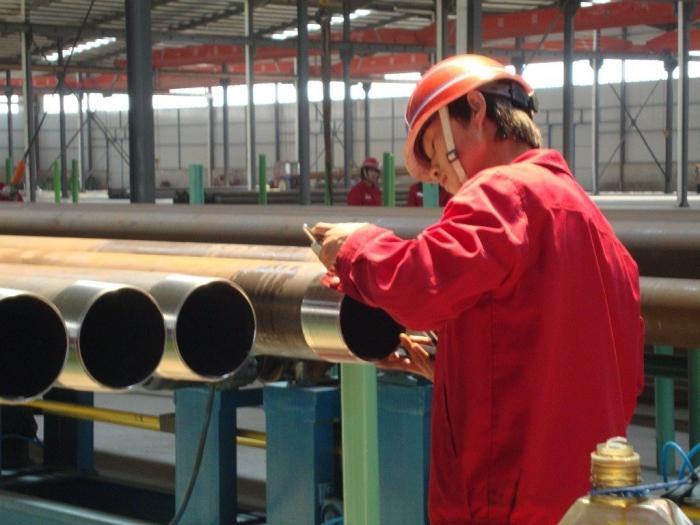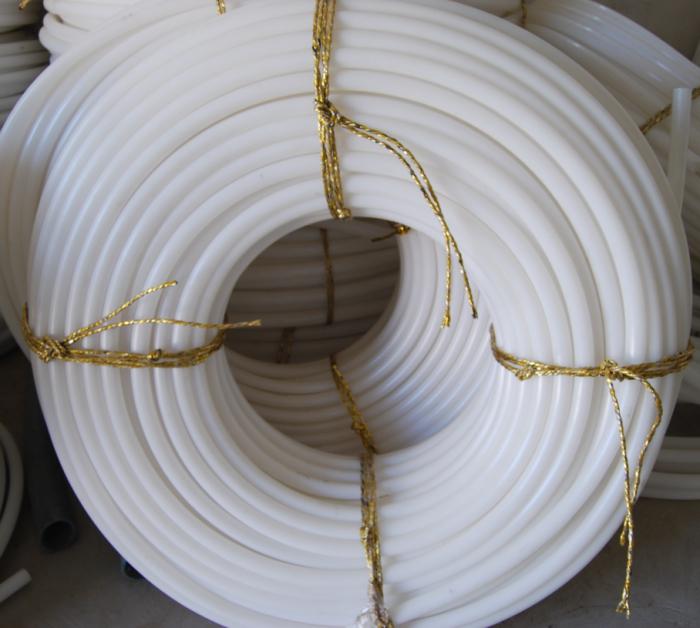Tubing tubing: basic concepts
Pump-tubing pipes (or short pipesTubing) are widely used in the gas and oil industries: in the construction of oil and gas wells, downhole and repair work, transportation of various liquids and gaseous substances. Such products operate under severe and severe operating conditions: they are constant pressure, high mechanical loads, and exposure to walls of corrosive media. In addition, the tubing is permanently exposed to corrosion and erosion.

All this requires high strength from the products, theymust ensure the integrity and reliability of the entire system. For fastening the pipes, a threaded connection is intended. It provides high tightness, durability in conditions of increased loads, wear resistance and maintainability of products, as well as good crossability of the columns in wells having a complex profile.
The tubing turns off the following types of pipes:
- smooth;
- smooth according to GOST 633-80;
- smooth high-tight;
- smooth high-tight according to GOST 633-80;
- smooth with a seal assembly;
- smooth high-tight;
- tubing with articulated ends ARI 5ST;
- with increased plasticity;
- with increased cold resistance.
Requirements for tubing

To tubing pipes and couplings used for theirconnections, strict quality requirements are imposed, thanks to which the reliability and strength of the products are ensured. So, on the inner and outer walls there should be no cracks, bundles, shells. It is possible to clean or cut these defects, but the following condition must be observed: the depth of the seal must not exceed the maximum minus cut-off of the wall thickness.
The number and size of defects on tubing and couplings to them are strictly regulated. Exceeding the permissible norms is excluded.
If the tubing is lowered into the well, thenit is necessary to check its internal diameter and general curvature with a mandrel, the length of which is 1250 mm, and the diameter depends on the diameter of the product being inspected. Especially this procedure should be carried out in the case of using rod pumps or in the presence of deposits of salts, gypsum, paraffin.

Each tubing must be marked. Marking is applied at a distance of about 0.4-0.6 meters from the end of the product by rolling or shock and must contain the following information: conditional diameter of the pipe, its number, strength group, wall thickness, name of the manufacturer and date of manufacture. All dimensions must be in millimeters. The applied marking is distinguished by a light color, resistant to various influences.
The tubing is produced according to technical documents,which may differ for each individual manufacturer, but the general requirements must not conflict with the accepted conditions. The main differences are in different threads of the trapezoidal profile, sealing elements, etc.
In general, the tubing must be of high quality and strong, only then it will ensure the reliability of all systems in which it is used.








